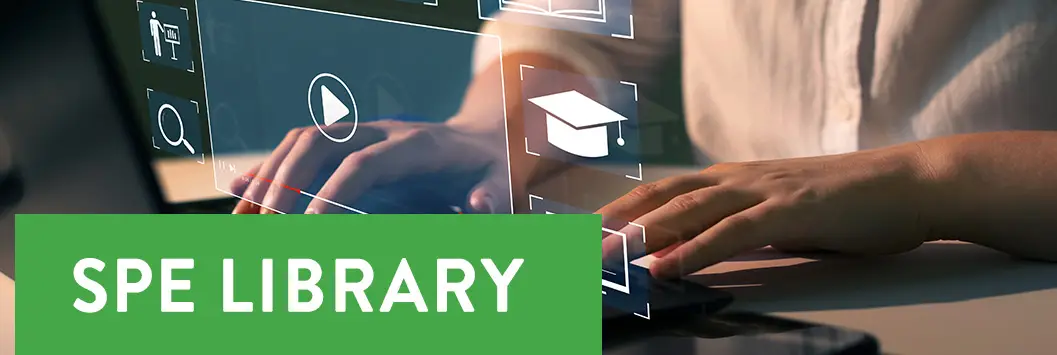Johannes Austermann, Rainer Dahlmann, March 2023
Based on its mouldless, layer-wise manufacturing principle, screw-extrusion-based Additive Manufacturing (AM) allows for the efficient and economical production of thermoplastic prototype parts. During manufacturing, thermoplastic pellets are molten in a single-screw extruder and discharged through a nozzle. As the extruder is moved by a kinematic, the melt is subsequently locally discharged in a strand- and layer wise fashion to successively build up a part, similar to established AM processes such as the Fused Filament Fabrication (FFF). In contrast to FFF, standard thermoplastic pellets can be processed, as a single-screw extruder instead of a heated nozzle is used for plasticising the material. Thus, enabling injection moulding (IM) prototypes to be manufactured from series IM grade materials, including filled materials such as talc-filled polypropylene. However, the layer-wise additive manufacturing leads to anisotropic mechanical part properties in terms of strength and stiffness, which differ from the properties of the final IM-part, currently limiting the use of AM-parts to concept- and geometric-prototypes. These properties not only result from lower part strength orthogonal to the direction of deposition due to incomplete healing between adjacent strands, but also from a difference in filler-orientations, based on the process specific flow behaviour of the melt during processing. To extend the use of parts manufactured in screw extrusion AM to functional- or even technical prototypes, for which the mechanical properties are crucial, an understanding of these differences in the anisotropic mechanical behaviour of AM- and IM-parts is necessary. In the scope of this work, the quasi-static tensile and flexural properties as well as the high-speed tensile properties of additively, screw-extrusion-based manufactured and injection moulded parts are investigated, taking into consideration differences in the filler orientation between the manufacturing processes. To account for the anisotropy, testing is performed in several directions relative to the direction of deposition in AM or the direction of flow in IM. Furthermore, optical investigations are performed to assess the impact of filler orientations. The investigations are performed by manufacturing 1BA tensile test specimens from a 20 wt.% talc filled IM grade polypropylene material in screw-based AM and IM, which are subsequently used to perform quasi-static tensile and high-speed tensile testing. In addition, test specimens in accordance with DIN EN ISO 178 are manufactured for flexural testing. To allow for comparability, the test specimens are indirectly manufactured, i.e. both in AM as well as IM plate geometries are produced, from which the test specimens are milled. The AM parts are tested parallel and orthogonal to the strand-direction as well as at an angle of 30° and 60° relative to the strands. For IM, testing is carried out parallel and orthogonal to the direction of flow. In addition, µCT and microscopic investigations are conducted to analyse the orientation of the filler. While the results show an anisotropy in strength and stiffness for both IM and AM specimens, the anisotropy of these properties is significantly more pronounced in case of AM. This is based on the higher degree of filler orientation in the strands of the AM-parts. At the same time, only a partial orientation of the fillers in flow direction can be determined for IM-parts, showing that the fillers used can impact the comparability of AM and IM-prototypes. Additionally, it is shown that a higher comparability of the part properties is possible in the case of a quasi static load, compared to high-speeds of load application, limiting the use of AM-prototypes to such load cases.





















.jpg)
.jpg)
.jpg)

.jpg)
